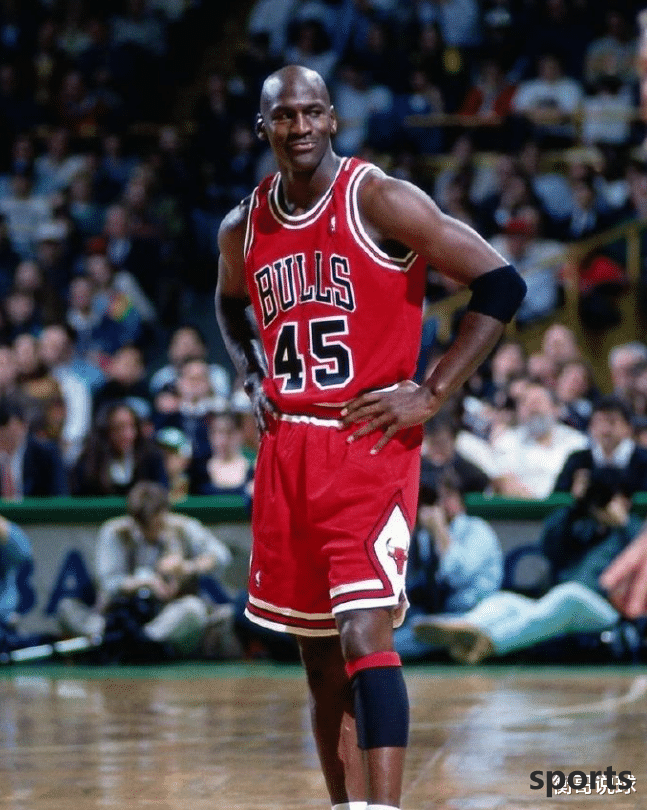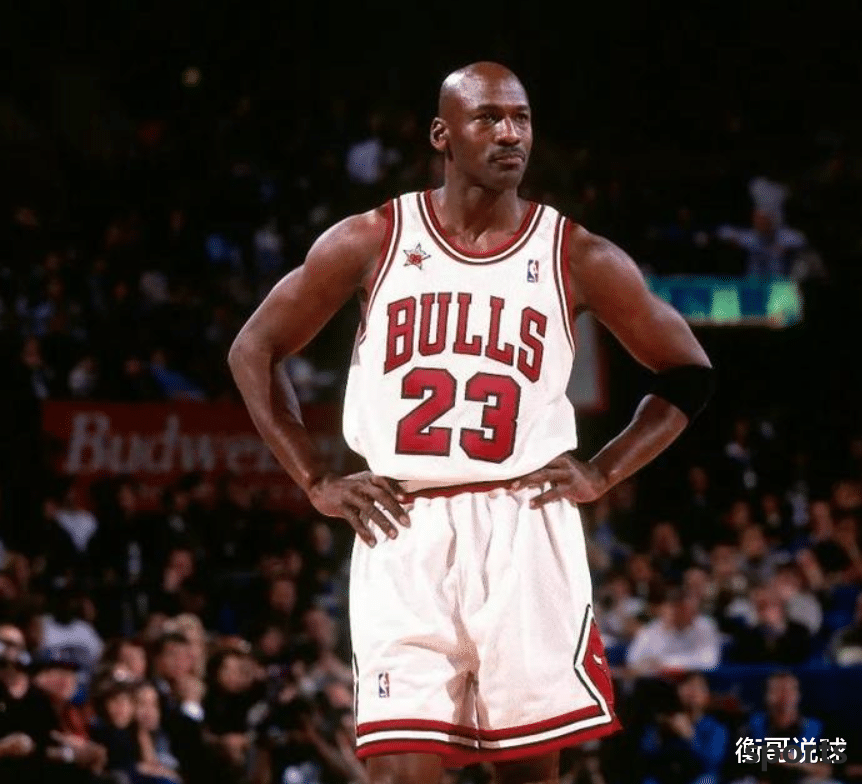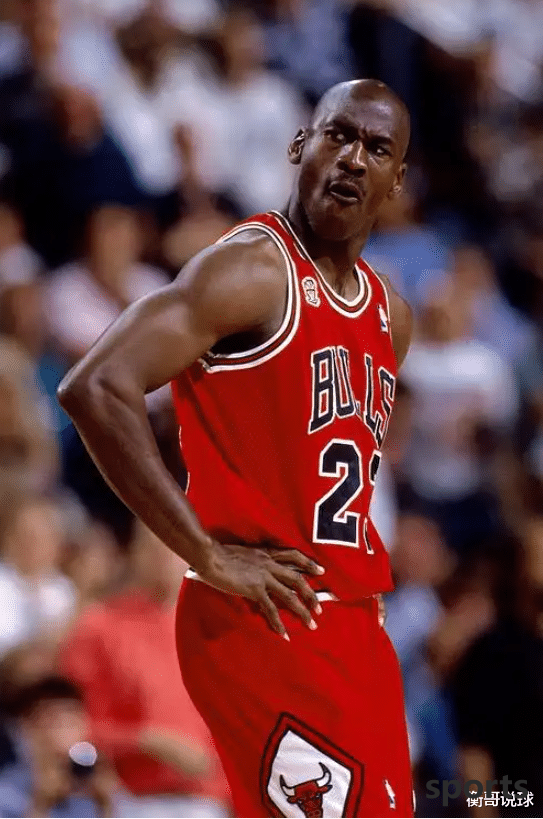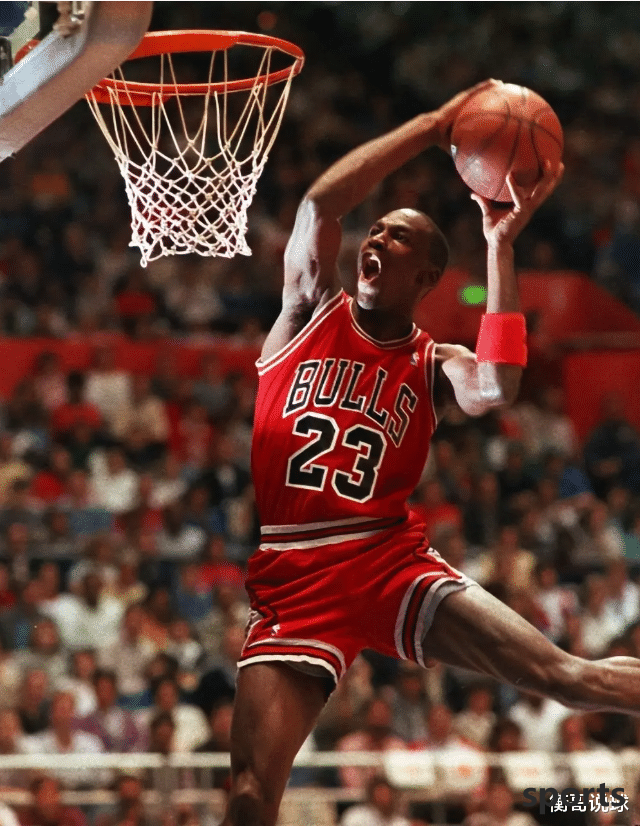QQ-Sports > Basketball > Even if James scored 50,000 points, it was much less valuable than Jordan s two consecutive championships.
Even if James scored 50,000 points, it was much less valuable than Jordan s two consecutive championships.
Comparison of the historical status and achievements of NBA players has always been a highly controversial topic among fans. Jordan's "two three consecutive championships" and James' "scoring milestone" represent excellence in different dimensions, but simply judging the level of the two by "gold content", it is inevitable to fall into the rut of subjective value judgment. This article only starts from the logic and historical context of basketball competition, analyzes the inherent differences between the two achievements, rather than the ultimate conclusion.
1, Three consecutive championships: The highest dimension of team competition conquer
In the basketball world, the reason why "three consecutive championships" are regarded as a myth is because its essence is the triple extreme challenge of "time dimension + team collaboration + competitive intensity".

(1) Time dimension: continuous dominance across three seasons
Jordan's two three consecutive championships (1991-1993, 1996-1998) were separated by three years (Jordan retired midway), but both achieved the complete cycle of "from winning the championship to defending the title and then winning the title". This means that the Bulls have always maintained the league's top competitiveness for six seasons - not only to deal with targeted research by their opponents (such as the malicious fouls of the Pistons "Bad Boys Legion" and the Jazz's pick-and-roll system), but also to resolve internal conflicts (such as Pippen's salary dispute and Rodman's off-court issues). In contrast, James' score accumulation is more of a linear superposition of personal data in the length of his career, and does not involve the team proposition of "continuing dominance between seasons".
(II) Team collaboration: The two three consecutive championships from a single core to a system were built on the perfect architecture of "superstar + functional team". As the absolute core, Jordan was surrounded by a "trident" composed of Pippen (averages 17.8 points, 8.3 rebounds, 5.2 assists per game) and Grant (averages 15.1 points, 8.4 rebounds per game); the last three championships depended on Rodman (averages 5.5 points, 14.9 rebounds per game) and Kerr (averages 8.6 points, 45.4% of three-point shooting percentage). This system of "core attraction to defense + precise execution of role players" shows Jordan's evolution from "scorer" to "leader". Although James' scoring ability is of the top scorer in history (as of 2023, 38,652 points), he has repeatedly tried to win championships through "team giants" (such as the Heat Big Three and the Lakers' Brow combination), and the logic of the team building is essentially different from the "single-core driving system" in the Jordan era.

(III) Competitive intensity: The "hell mode" breaks through the
Bulls' six championship trips passed at least two rounds of "tie seven battles" or "hard battle test". For example, in the 1992 Eastern Conference Finals against the Knicks, Jordan scored 33 points in G7 to lead the team to advance; in the 1997 Finals, he dragged his high fever body to win 38 points. This performance of "with one person's strength to withstand the pressure" highlights the value of competitive performance behind the three consecutive championships. In contrast, James' scores come more from the regular season stable output (1,410 regular season appearances, averaging 27.2 points per game), and data fluctuations have been caused by opponents' targeted defenses many times in the playoffs (such as the Mavericks led by Nowitzki in the 2011 Finals).
2. Score King and Dynasty: The diversity of basketball evaluation system
directly compares "50,000 points" with "two three consecutive championships", which is essentially confusing the evaluation dimensions of "personal data" and "team achievement".
(I) Scoring milestone: The ultimate demonstration of personal abilities
James' scoring ability is unquestionable. He became the youngest "3,000-point Mr." at the age of 20 and 20 days, and still averaged 30 points per game at the age of 38, demonstrating historic physical management ability and technical comprehensiveness. The 50,000 milestone (assuming it is achieved) will be the ultimate affirmation of his "Eternal Youth Career + All-round Playing", especially considering that he has achieved this achievement in the small forward position, which is far more difficult than traditional inside players (such as Jabbar and Malone). This kind of "stable output spanning more than 15 years" is unique in NBA history.

(II) Dynasty Honor: An eternal footnote to the value of the team
But basketball is the sport of five people after all. Jordan's three consecutive championships have been repeatedly mentioned not only because of his personal data (average of 33.6 points, 6 rebounds and 6 assists in the six finals), but also because he defined "how to make the players around him better" - Pippen grew from a substitute with 7 points per game to an All-Star, and Cole went from a role player to a "key gentleman". This "leader influence" cannot be fully quantified by the data. As Zen Master Jackson wrote in "11 Rings": "Jordan taught us that winning requires sacrifice, and he sacrificed the most himself."
(III) The incomparableness of the era background
It is worth noting that Jordan was in the NBA's intensity in the 1990s (average score of about 20 points lower than that of Hyundai), and the defensive rules emphasize physical contact (three seconds without defense, hand-check allowed), which makes his scoring value "higher" by some fans. James' rise in the small ball era is facing a more open offensive space and a more complex tactical system. His scoring methods (such as fast attack, three-pointer) and Jordan's "mid-distance back-attack + breakthrough" have different times, and it is inevitable that he will be suspected of seeking a sword by carving a boat.

3. Different dimensions of greatness: the symbiosis between data and legends
The charm of sports lies in the fact that the stars of different eras define "greatness" in their own ways. Jordan used two three consecutive championships to prove the "limited possibility of team competition", while James interpreted the "sustainability of his personal career" with scoring milestones.
Jordan's legacy: it is the paranoia of "winning first", the dominance of "never tiebreaker in the finals", and the cultural symbol that makes the NBA go from the United States to the world.
The meaning of James: it is synonymous with "technical comprehensiveness", a cross-border model of "coexistence of commercial value and competitive strength", and an inspirational narrative from the son of Akron to the first person in history."
As ESPN said in the "Historical Ranking" topic: "Jordan defined 'how to become the God of Basketball', while James is exploring 'how far the boundaries of basketball stars can extend'." There is no absolute difference between the two, but they only choose different great paths.

Conclusion: Let go of the dispute over "gold content" and embrace diversity and greatness
When we argue about "50,000 points" and "two three consecutive championships", we might as well think: Does basketball need more "self-transcendence of lone heroes" or "co-creation of team glory"? Perhaps the answer shouldn't be either black or white. Jordan's three consecutive championships are a brilliant star in basketball history, and James' scoring milestone is a passionate legend of contemporary basketball. They together constitute the rich texture of the NBA's century-old history.
After all, in the long river of competitive sports, names that can be repeatedly mentioned by later generations have long surpassed simple numerical comparisons - that is the youthful memory of a generation, a different footnote to the basketball spirit, and a human being's eternal pursuit of "higher, faster, and stronger".
tỷ số trực tuyếnRelated Posts
Irving goes to the Rockets to team up with Durant again? It is revealed that he will also be traded. The US media strongly calls for going to Houston
BasketballOn November 13, the NBA regular season continues. As the Mavericks officially announced the firing of general manager Harrison, the Mavericks are about to usher in turmoil. Among them, it was revealed that Irving will also be traded by the team. The...
moreDoncic responds to rumors of returning to Mavericks: Focus on Lakers
BasketballSelf-media Lakers national report. Luka Doncic commented on Nico Harrison's firing, stressing that he was 'focused on the Lakers' when asked if he would return to the Mavericks. LukaDonciccommentedontheNicoHarrisonfiringandemphasizedhe &...
moreWhere to go! The Kings, who have the same record, have announced their disbandment. How long can the Clippers last?
BasketballAfter losing to the Nuggets, the Kings' record this season has reached 3 wins and 8 losses. The team's lineup no longer has the strength to enter the playoffs in the Western Conference. Therefore, in the early morning of November 12, the Kin...
more
Hot Posts
- James announces a major decision early tomorrow morning! Su Qun: Is it the last dance or just an advertisement?
- The Lakers sign and 1 snatch, 21-man roster is released! Doncic loses his weight in a crazy way, and James creates history
- Just now! The Nuggets officially signed Kessler Edwards
- Pitino said: Modern basketball no longer has pure point guard
- Hu Mingxuan really thinks he is Curry, please pay attention to Guo Shiqiang s reaction, fans line up to apologize
- NBA triple-double star Westbrook joins the Kings
- Doncic has made efforts, and the Lakers are talking about the deal between Kneckett and Kleber!
- Bain s transaction value exceeds Doncic? Harrison was crazily mocked again: the worst general manager in history
- Lose 30 points and go home! The team that defeated James was eliminated by the Thunder. The more miserable the Timberwolves are, the more difficult the Lakers are.
- It s not reliable at all! The Thunder s powerful pitcher has almost no decent performance in the playoffs?
Recent Posts
-
Xia United - Mitchell 20+5 Topic 18+6 Timi 22+9 Thunder defeated the Net
-
Doncic: I said that scoring in the NBA is easier than in Europe because of the different rules of the game
-
The men s basketball team beat Guo Shuai again and took a strange move! The four bench surprises have completely defeated the main force, and the biggest highlight is comparable to Yang Hansen
-
The Timberwolves beat the Warriors again away, Curry missed Butler and couldn t stand it alone, the suspense of the series has been upgraded
-
The Cavaliers use a contract of tens of millions to leave backcourt pitchers, and their salary pressure continues to increase?
-
The Rockets beat the Green Army three times. They dominated the game with two data points and started a counterattack on the wing gate.
-
Exited 1-4 in an upset! Becoming the biggest pseudo-strong team in the NBA, getting farther and farther away from the championship, the four giants should be disbanded
-
Alexander scored 38+8, with less than 7 points after the game. Why can t he conquer the fans if he is so powerful?
-
Rockets postpone VanVleet s option to detonate strategic conjecture
-
A big cleaning! Fry 5 coaching staff in a row